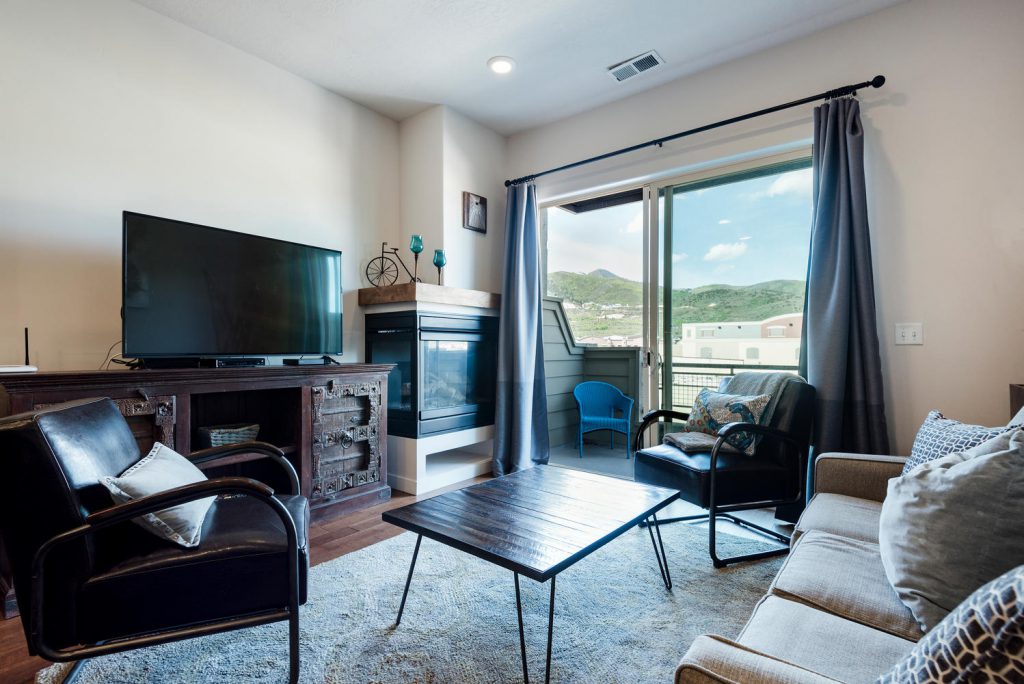What is a “low” offer? In Park City’s real estate market, the average list to sale price is about 97%. If a home is overpriced, it most likely won’t sell for 97% of list price. In fact, it may not even sell at all. But if the home is priced right, an offer below 95% of the list price could be considered a “low” offer.
The Right Seller and the Right Situation
Getting a low offer accepted involves finding the right selling situation and the right seller. Last fall I represented a seller who lived in a part of town where sales fall off in the winter. We listed in October, giving us very little time to get the home sold. At the time I listed the property, I discovered my seller had a “Notice of Default” (pre-foreclosure). The buyers of that home got a great deal. I’m sure they thought their agent was a brilliant negotiator. They had no idea how desperate my seller’s situation was.

A few weeks ago, I represented buyers who were on a very strict budget. They fell in love with a condo that was at the top of their budget. I wrote an offer for them giving them realistic expectations on the chances of their offer being accepted. We were ecstatic to find the seller was highly motivated to unload the condo. She had already relocated and couldn’t afford to carry two homes. My clients got a great deal.
I’m working on a transaction right now where the seller intentionally priced a condo low because he has found a replacement property he wants to buy. He’s willing to take a low price on the condo he has listed to get a great deal on the property he’s purchasing. This situation has a high probability of working out for my buyers.
The Right Offer
Offers involve more than price. There are many terms involved. Cash is always “king” when it comes to offers because the buyer doesn’t have to wait for an appraisal and bank approval. If the seller is anxious for a quick close, a cash buyer can leverage time in exchange for money. A few months ago, I had a cash buyer who wrote a low offer with a 7-day close. The sellers quickly accepted and both parties got what they wanted. Other contingencies include an inspection, selling another property before being able to close, an extraordinarily long closing date or having a buyer actually “see” the house. The more contingencies thrown into the mix, the more chances for the sale to go sideways. Sellers will generally wait for a more favorable offer instead of accepting a low offer with a bunch of contingencies.
The Right Buyer
I insist my buyers are “pre-approved” for financing before writing an offer, which provides assurance to the seller that they are dealing with a buyer who can get to the finish line. If I’m working with a cash buyer, he or she should be ready to provide proof of funds. I want my buyers to appear strong, qualified and ready to close.
Never write a cover letter picking the house apart to justify a low offer. That strategy is a miserable fail. The sellers will be insulted and think the buyer doesn’t really like their home or want to buy it.
A better strategy is to focus on how much the buyer loves and wants the home, but is limited by financial constraints.
The Right Emotional Involvement
You may have to go back and forth several times with a seller before finding a price and terms that work for both of you. Or, maybe the seller is ready and willing to wait for a better offer and will outright reject your offer. Sometimes, while you are negotiating a low offer, another buyer will swoop in and buy the property. You have to be willing to lose the property and/or walk away.
The Right Market
None of these tactics work in a hot market with multiple offers. Remember, however, there are always micro-markets within a hot market.